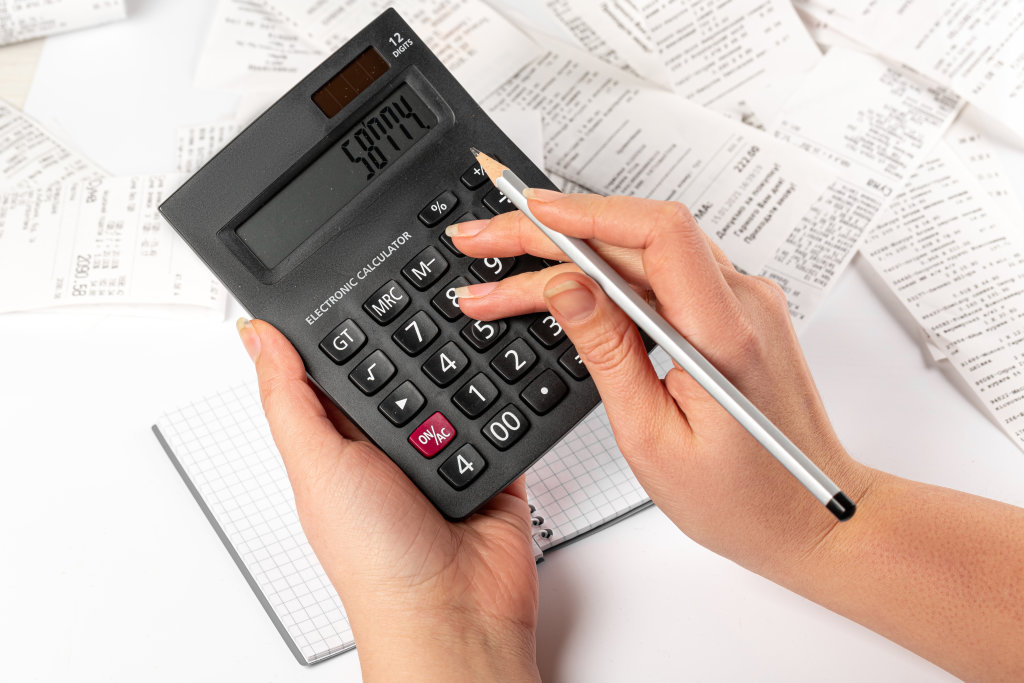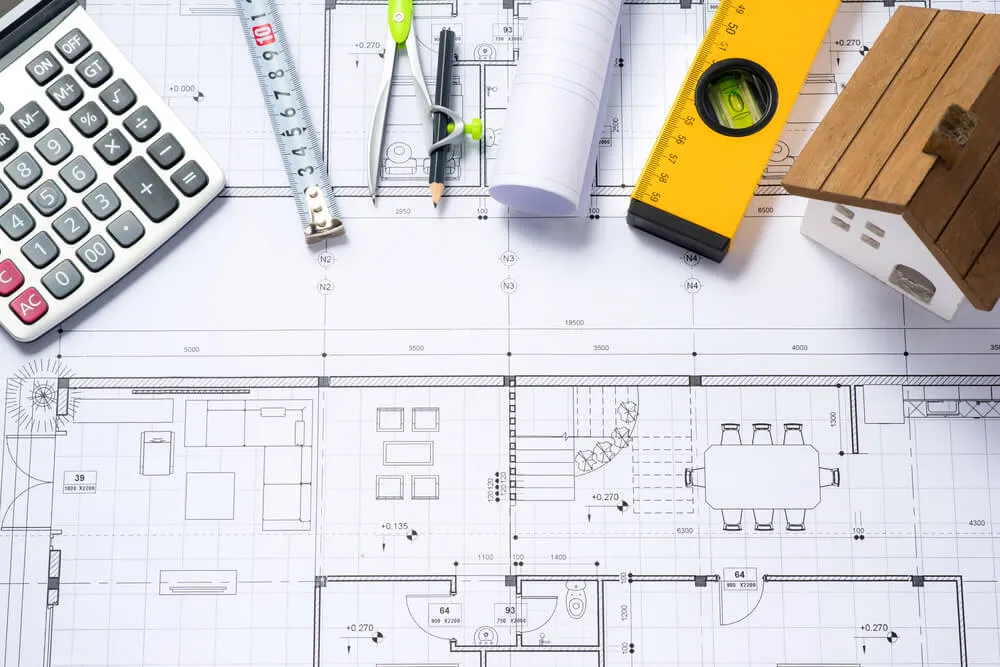Value Engineering – The QS’ most important job?

31st May, 2020
Value engineering is used to solve problems and identify and eliminate unwanted costs on a project. It can also improve the functionality and quality of the project. The aim of value engineering is to increase the value of a project, satisfying the buildings performance requirements at the lowest possible cost. A common misconception in construction is that value engineering means sacrificing on the quality of the project to save money, when in reality the same quality can be achieved using less expensive products.
When considering value engineering proposals, it is important to analyse the availability of materials, the construction methods which can be used, any transportation issues, any site limitations or restrictions, planning and organisation, costs, profits, and so on. Quantity Surveyors play a pivotal role in Value Engineering, and in many ways this process is probably the best way they can demonstrate their skill to a client. An Architect designs a building with little or no consideration of cost. They often specify the most expensive products assuming they are the best for the project. They specify these because of familiarity or because these products are often well marketed.
A Quantity Surveyor can suggest value for money alternatives such as a different brand of carpet, or alternative construction methods such changing from a reinforced strip foundation to a plain concrete trench foundation. These are considerations that an Architect wouldn’t think about, which would not compromise the quality of the project but can reduce the cost of a project for the client.
Value engineering should start at project inception where the benefits can be greatest, this also means design costs are kept to minimum. If this can be carried out in the early phases of design then it prevents Architects and Structural Engineers having to prepare multiple designs to accompany value engineering changes. However, it is often the case that value engineering only comes to the fore in the post tender stage of the project after the tender returns are received and the project is too expensive for the client.
Typically, the lowest tenderer is asked to price a bill of reductions produced by the client’s QS. A bill of reductions involves the client’s QS identifying items in the bill of quantities to omit, reduce or change specification to lower the project cost, without impacting on the client’s project objectives. Alternatively, the client can ask the lowest tenderer to suggest value engineering proposals for that project.
It is important for the client to agree these value engineering changes pre-contract and get them written into the design information to prevent being hit with heavy contractual penalties by the contractor. If the client changes this design post contract the contractor can charge an extortionate amount to carry out the new design and claim for delay damages in programme. Therefore, rather than being value engineering it would end up being more expensive to the client.
To summarise, the main functions of value engineering are too:
- Identify potential elements of a project for change.
- Analysing the functions of those elements.
- Developing alternative solutions for delivering those functions which save the client money without compromising quality.
- Assessing the alternative solutions and selecting the best for the client.
- Providing the client with costs for the alternative solutions in comparison to existing solutions.
- Delivering the client with a professional opinion on the best course of action to take.




